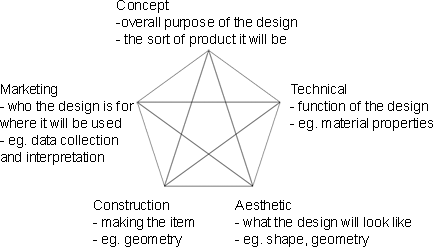Or search by topic
Number and algebra
Geometry and measure
Probability and statistics
Working mathematically
Advanced mathematics
For younger learners
Flip Your Mat!



- Project
- Teachers' Resources
Flip Your Mat! provides ideas for a STEM club for up to half a term.
This would be a great project for a STEM club wanting to combine maths and technology in a fun and creative way. It would also be a great project for students who want to gain a CREST award.
What does this project offer to your club?
This project brings Maths and Design Technology together, giving students an idea of how a professional engineer might work.
Students should brainstorm ideas, then test them out, gathering data to support their conclusions, and then improve their initial ideas on the basis of their tests and data interpretation.
Possible approach
Materials and their properties and design are important aspects of the curriculum. The DT pentagon shows the stages in working on a brief:

Students should be encouraged to consider all five aspects of completing the brief during the brainstorming period.
The maths comes into the design process when considering shape and size. How will the students construct their shape? If they want to make a few mats, how can they best lay out the template on the material they are going to use, so that waste is minimised?
The testing stage will require finding a way to ensure that trials are comparable, and that data is collected, recorded and used to improve the initial design.
Key questions
What are the most important features of your mat to focus on at the start, what can wait until later?What characterises a 'good' flip or a 'bad' flip?
How can you test which design of mat gives the best flips?
Other links
The background tab links to a BBC report on the original engineering project on which this schools' project is based.Read: engineering links to a Plus article on how engineering is vital in making sports equipment.
Aerodynamicist links to a Plus careers interview with an aerodynamicist.
... researcher
Related Collections
You may also like
Sponge Sections
You have been given three shapes made out of sponge: a sphere, a cylinder and a cone. Your challenge is to find out how to cut them to make different shapes for printing.
Paper Folding - Models of the Platonic Solids
A description of how to make the five Platonic solids out of paper.
Plaiting and Braiding
This article for students gives some instructions about how to make some different braids.

